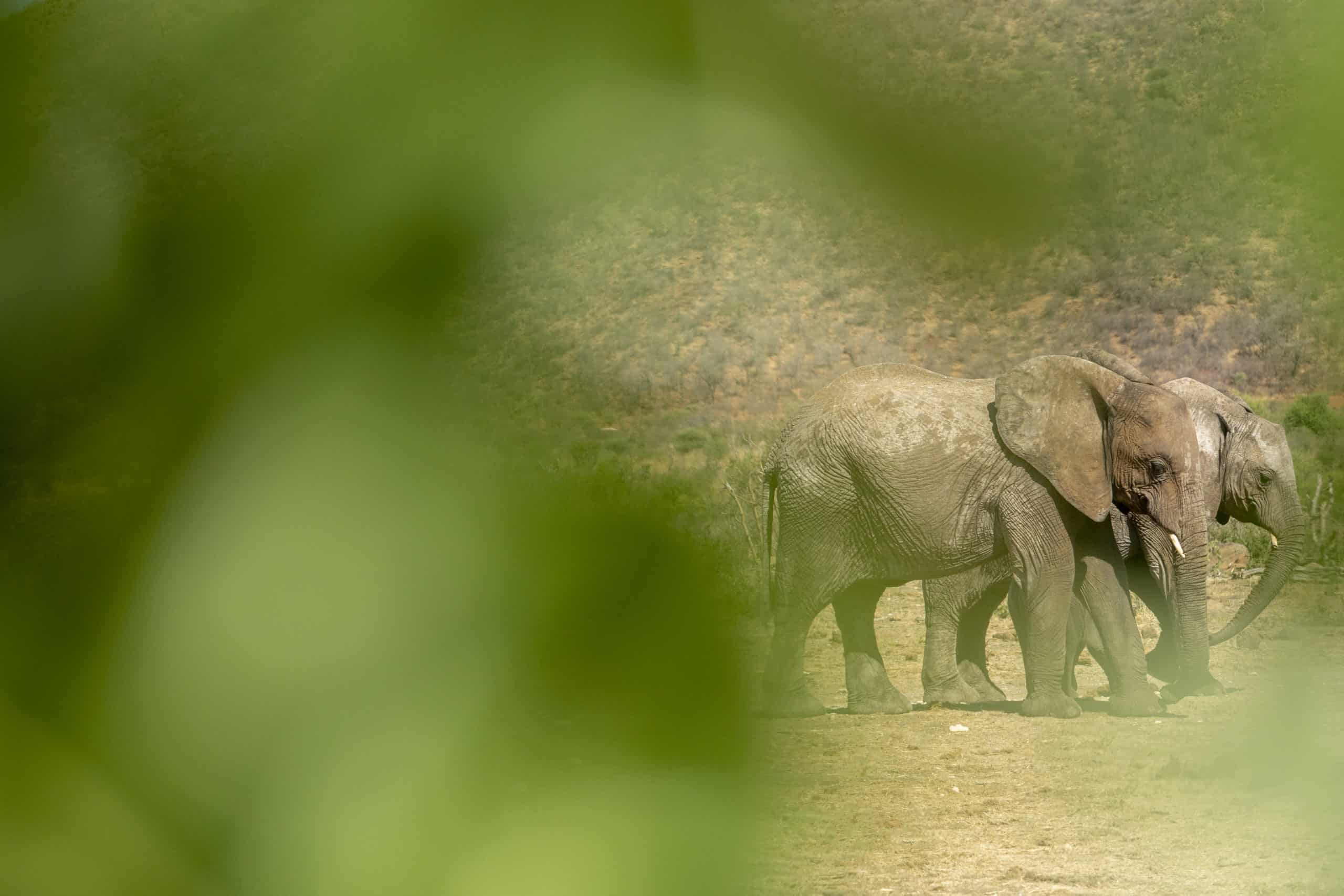
Photography Tips – Depth of Field + the Foreground
Composition is one of the most important elements of photography. The way you see a scene is translated by your creative approach to framing a subject and there are a multitude of ways to produce something unique to your own vision, one of the best is using depth of field.
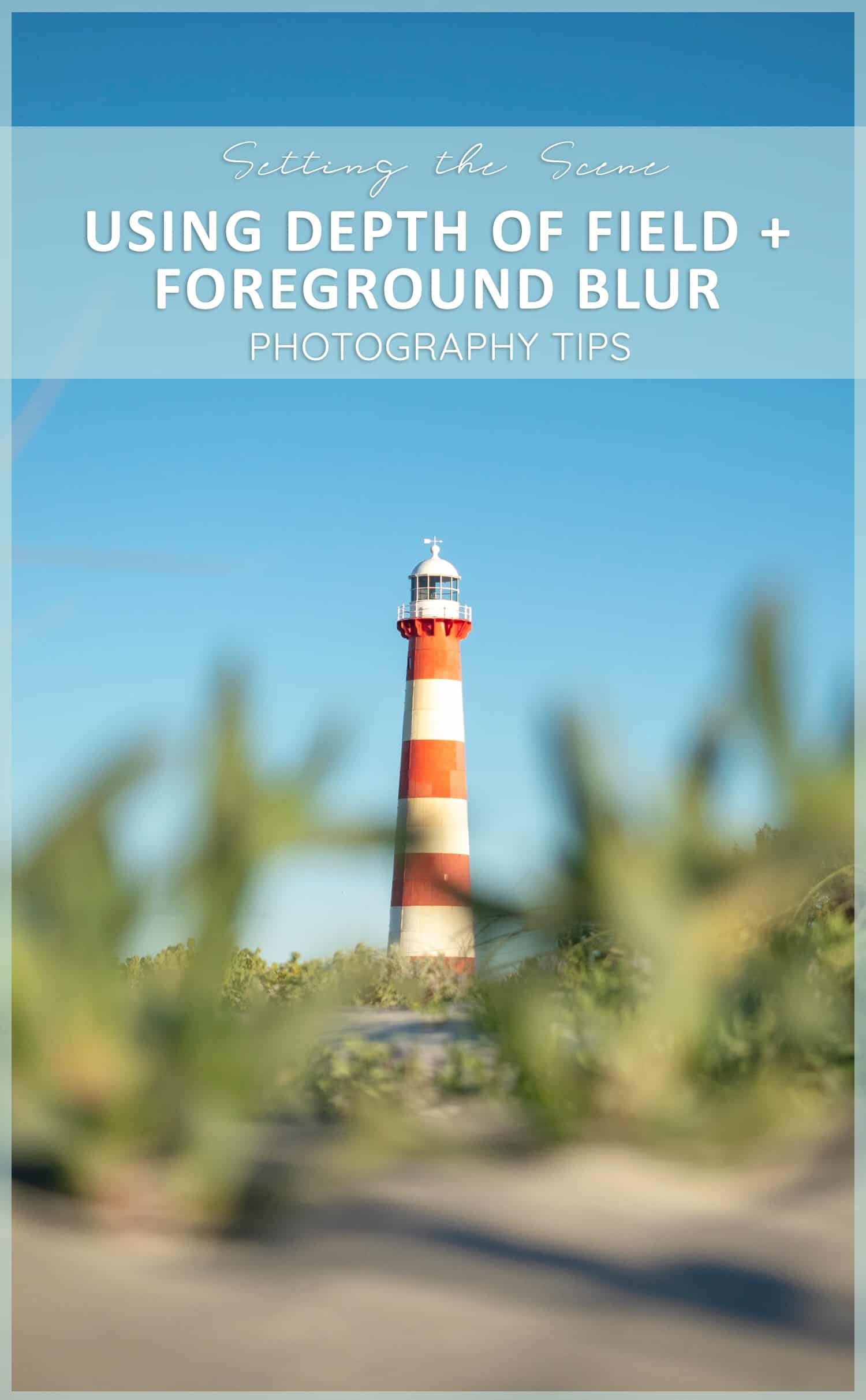
What is Depth of Field?
In short, it relates to the area of sharpness within your image, specifically the distance between the closest and furthest subjects in a photo that appears sharp and in focus. Aperture (f-stop), your focal length and the distance from your subject working together to create the depth of field. You can have a shallow or deep depth of field, which work almost the same way as aperture does, a shallow depth of field results in more background or foreground blur, separating your subject from the surroundings, whereas a deeper depth of field will see your entire image in focus and sharp.
Playing with foreground elements is a fun way to learn about depth of field and change up your images by introducing various tones, shapes and patterns into your shot. It also helps you expand your photographic eye to seek out new subjects to work with and in no time you’ll start to hold flowers up to your lens, get into bushes and find new subjects to help frame your image and get the most out of your aperture and depth of field.
I photograph with the Olympus range of M.Zuiko PRO lenses that are ideal for this technique as their large apertures help to produce a striking depth of field that separates the foreground from the subject with a gorgeous bokeh. You can shoot on f2.8 or even f1.2 using the new prime lenses and really exaggerate the colour and shape of a foreground subject, using it to guide the viewer towards your intended focus.
While a lot of portrait photography will see the foreground subject in focus and background blurred, I love reversing this by framing my subject with a foreground blur. It works particularly well for wildlife photography and landscape photography, allowing you to take advantage of bushes and plants that can add a sense of place and create a little mystery into your image.
Take for example the shot of a lioness below, by including the grass and leaves in the foreground, it helps to exaggerate that feeling of being on safari, peering through the trees to get a glimpse of this wild beauty hiding in the foliage.
Learn more – eBook: SETTINGS – Your Guide to Camera Settings for Landscape Photography
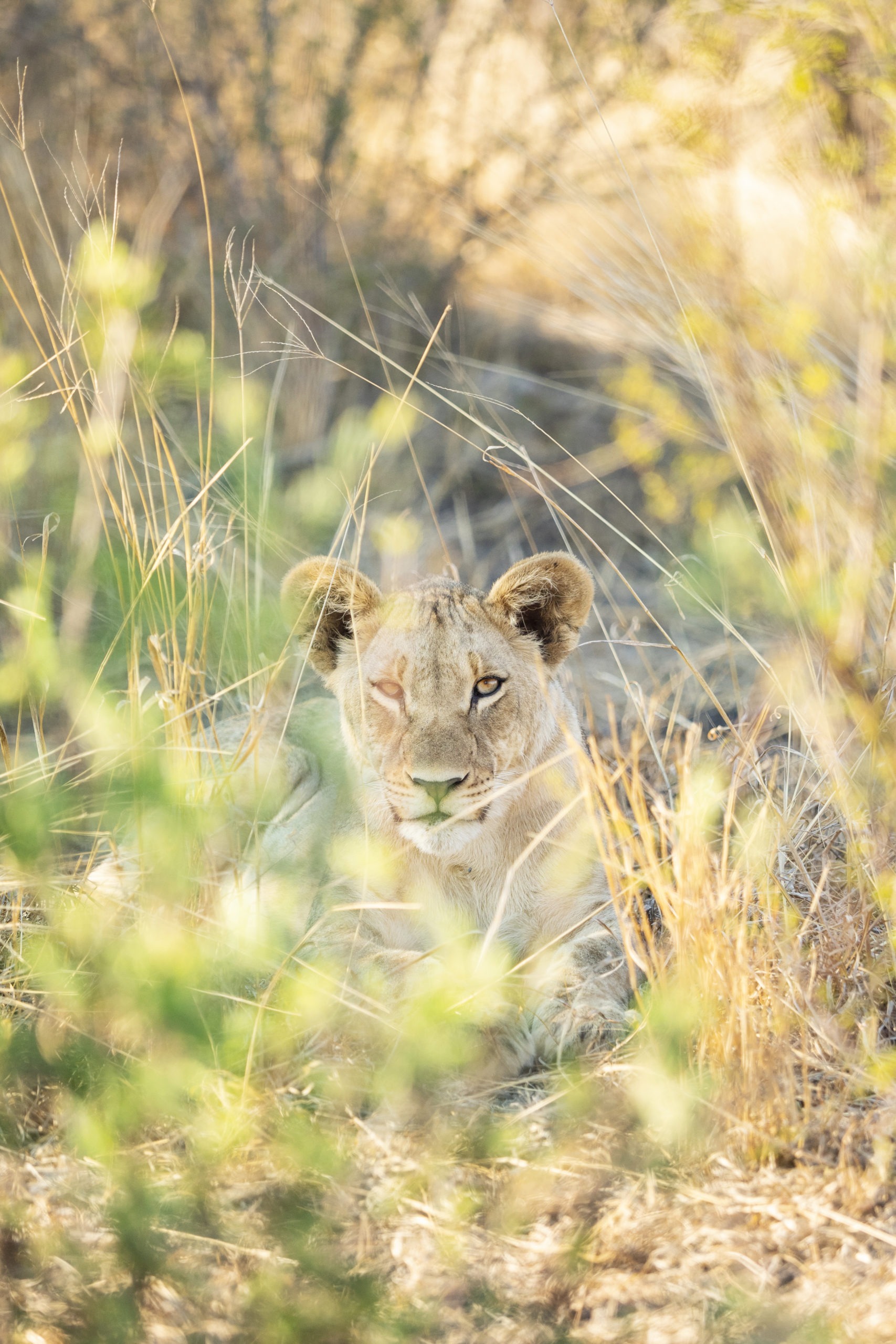
Focal Length + Depth of Field
By using your focal length to create depth of field you can magnify your subject and really help it to fill the frame. Your subject may be far away in which case using a zoom lens like the 40-150mm f2.8 will help to bring it closer to you. Additionally, if you’re shooting with a wide aperture like f2.8, you can then also add the effect of foreground blur to really frame your subject and increase the concept of using depth of field.
I love framing wildlife with their natural surroundings like in the image below. Taken at Madikwe Game Reserve, I was using the Olympus E-M1X + 40-150mm lens set at an aperture of f2.8 while standing beside a tree and zooming through the leaves to frame the elephants.
When photographing a subject that’s relatively still, it’s easy to move around and play with various angles and possibilities as the foreground blur will change dramatically due to your depth of field and focus on the subject in the distance.

If you’re looking to block out unwanted clutter in the foreground, whether it’s a tour group or unsightly rubbish bins, you can use a foreground item to add a pop of colour to your shot. By holding an item really close to your lens while shooting at a wide aperture, you’ll produce a beautiful effect that can be moved around until you find the ideal composition. Flowers work really well for this, as do leaves because you can use their edges to cover up whatever it is you’re looking to exclude from your shot or even just to simply add an interesting detail.
Alternatively, if you are photographing an easily identifiable subject, you can blur it out and solely focus on an item in the foreground!
Below are a collection of examples shot with a wide aperture and therefore shallow depth of field with foreground elements within the frame.
If you want to share any images you’ve taken using tips found in this article use the hashtag #thewanderinglens on Instagram, I’d love to see them!
For more photography tips, continue reading here or in the related articles listed below…
Setting the Scene: Golden Hour Photography
How to Improve Your Photography While in Isolation
Develop Your Photographic Eye in 10 Steps
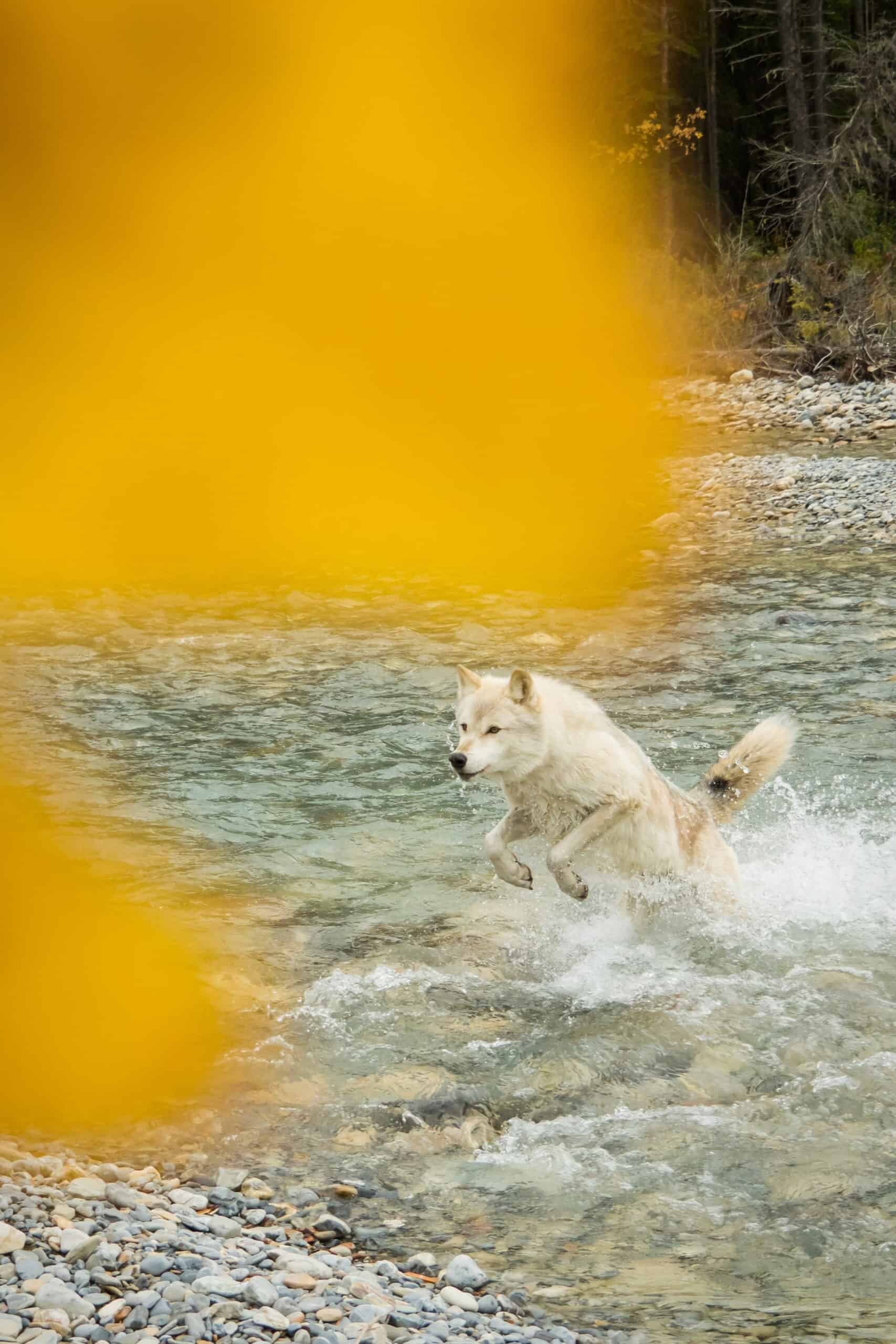
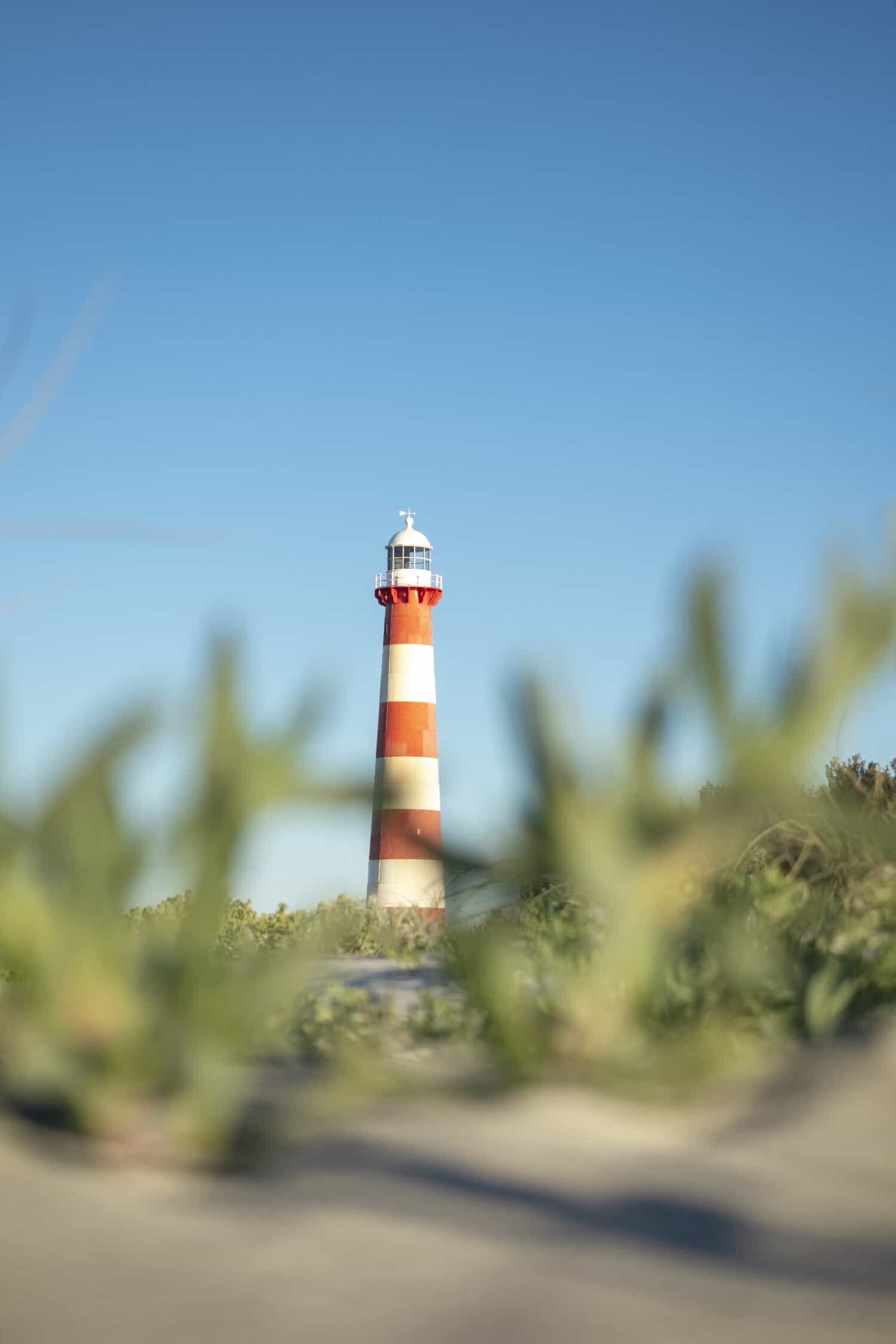
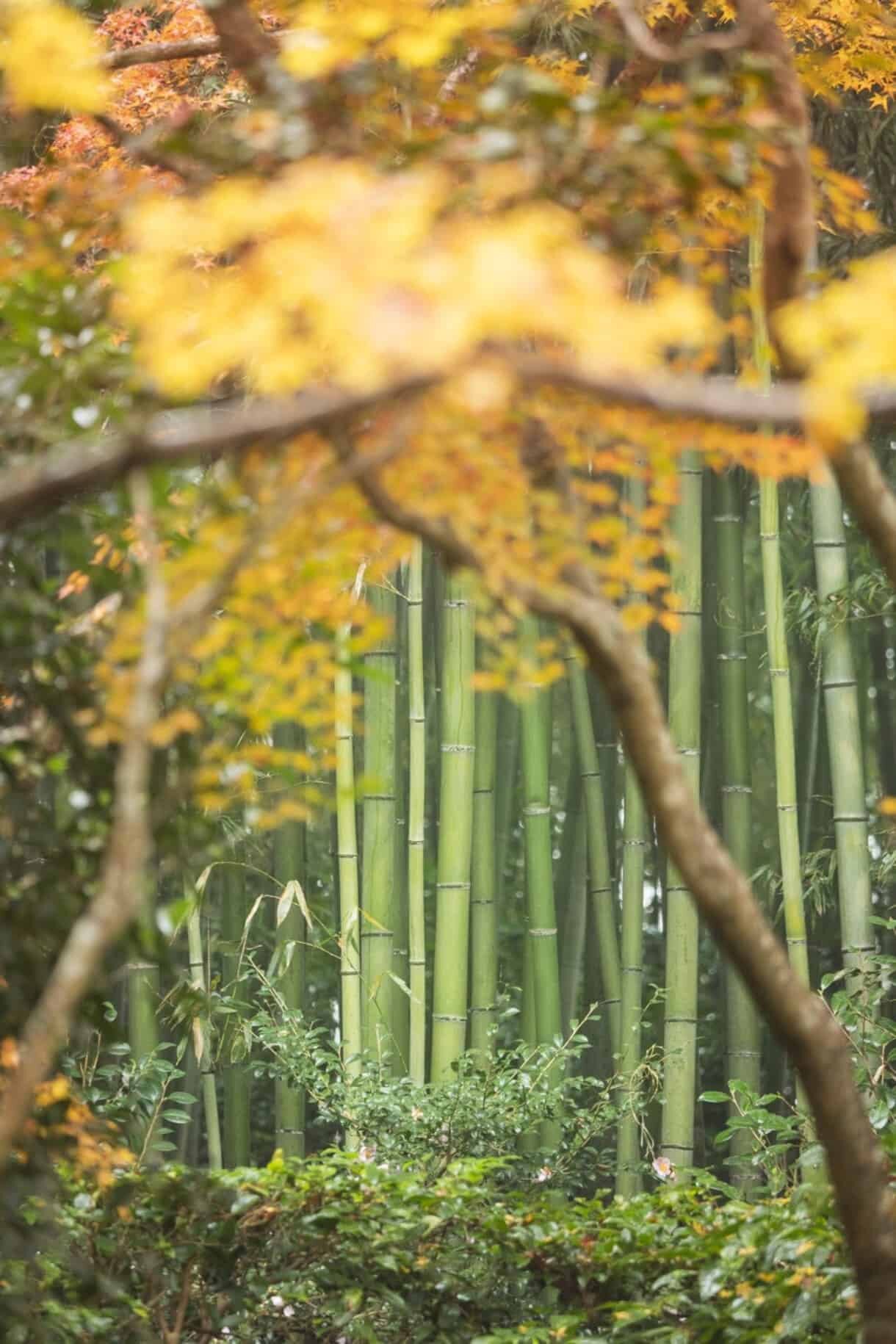
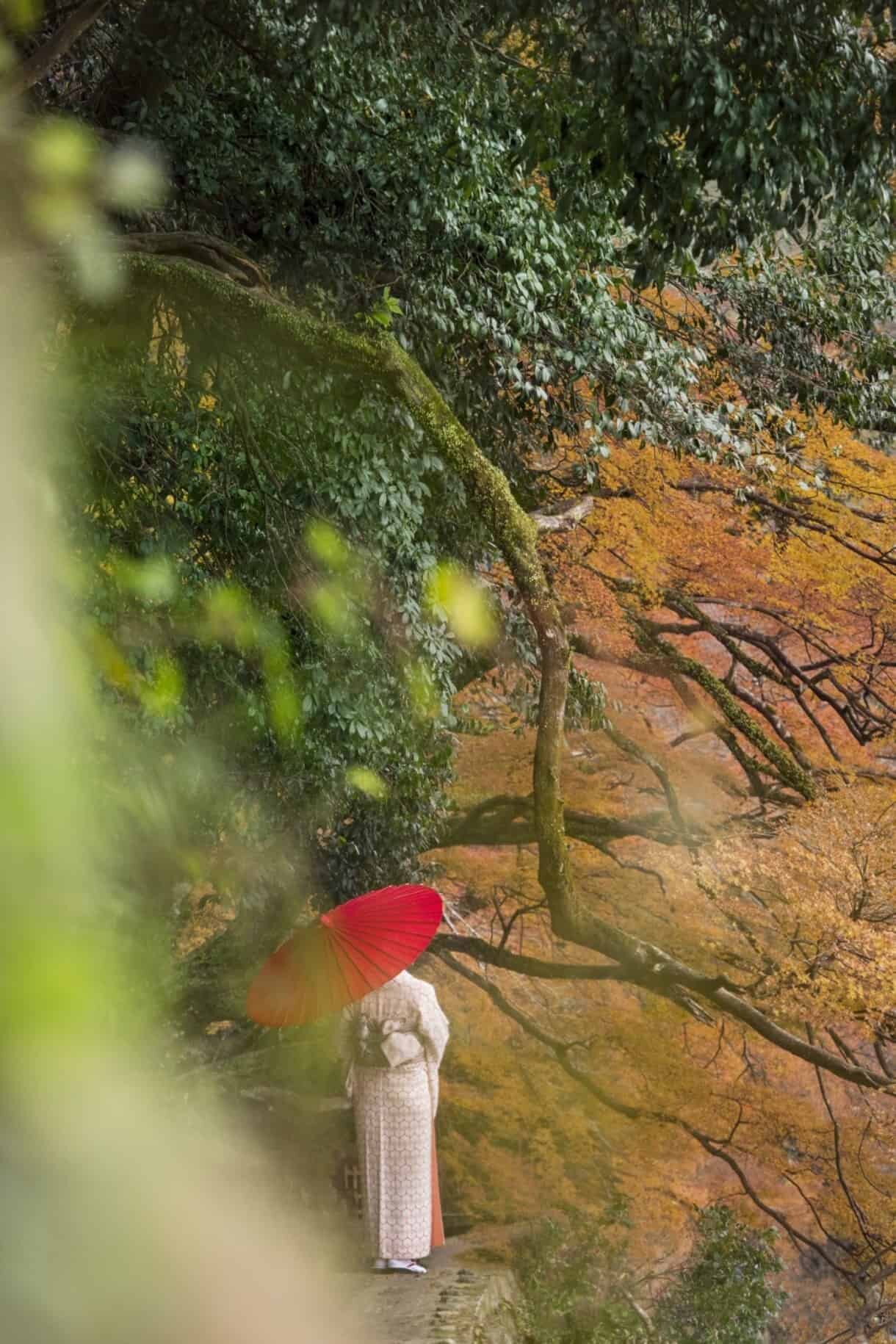
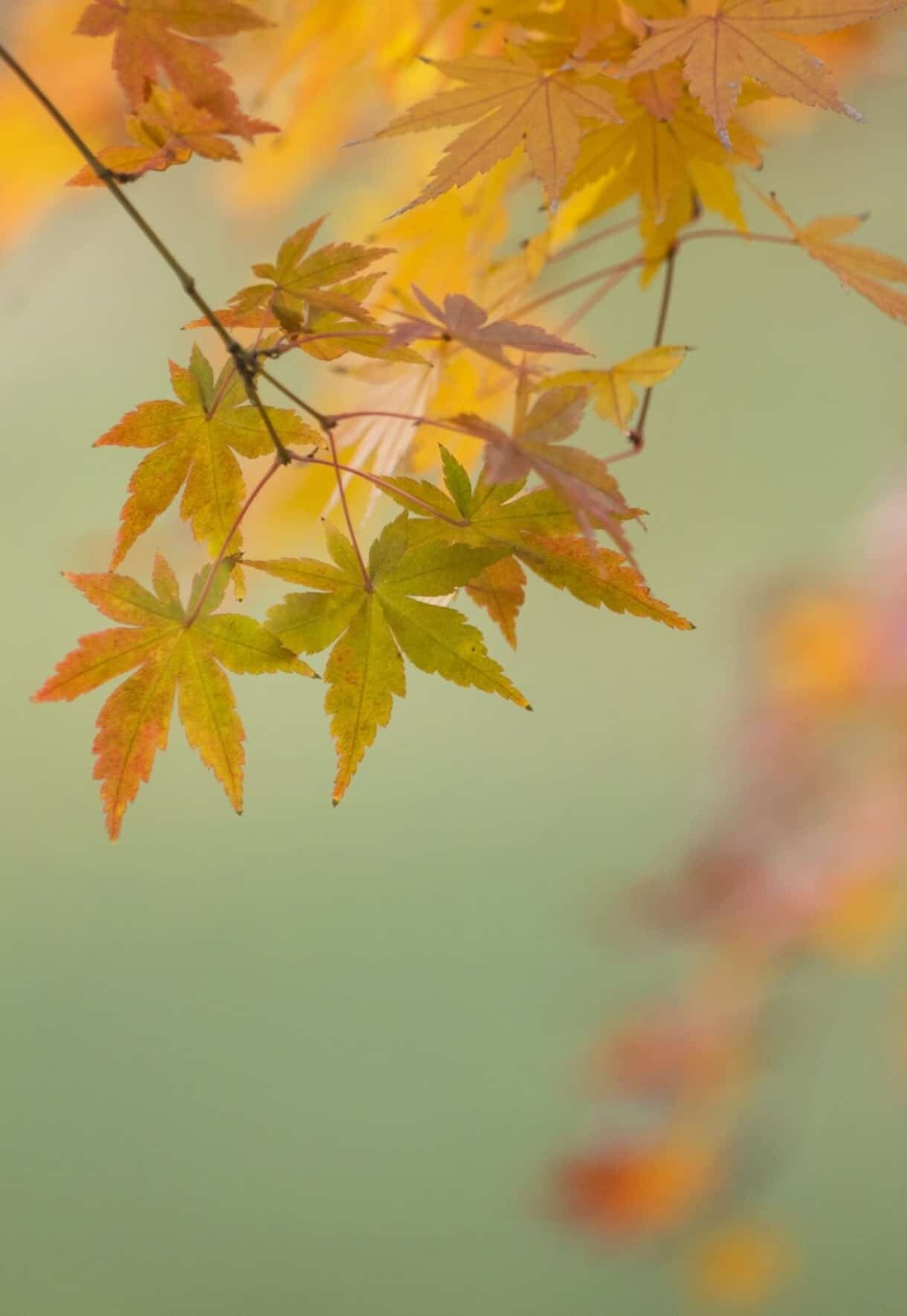
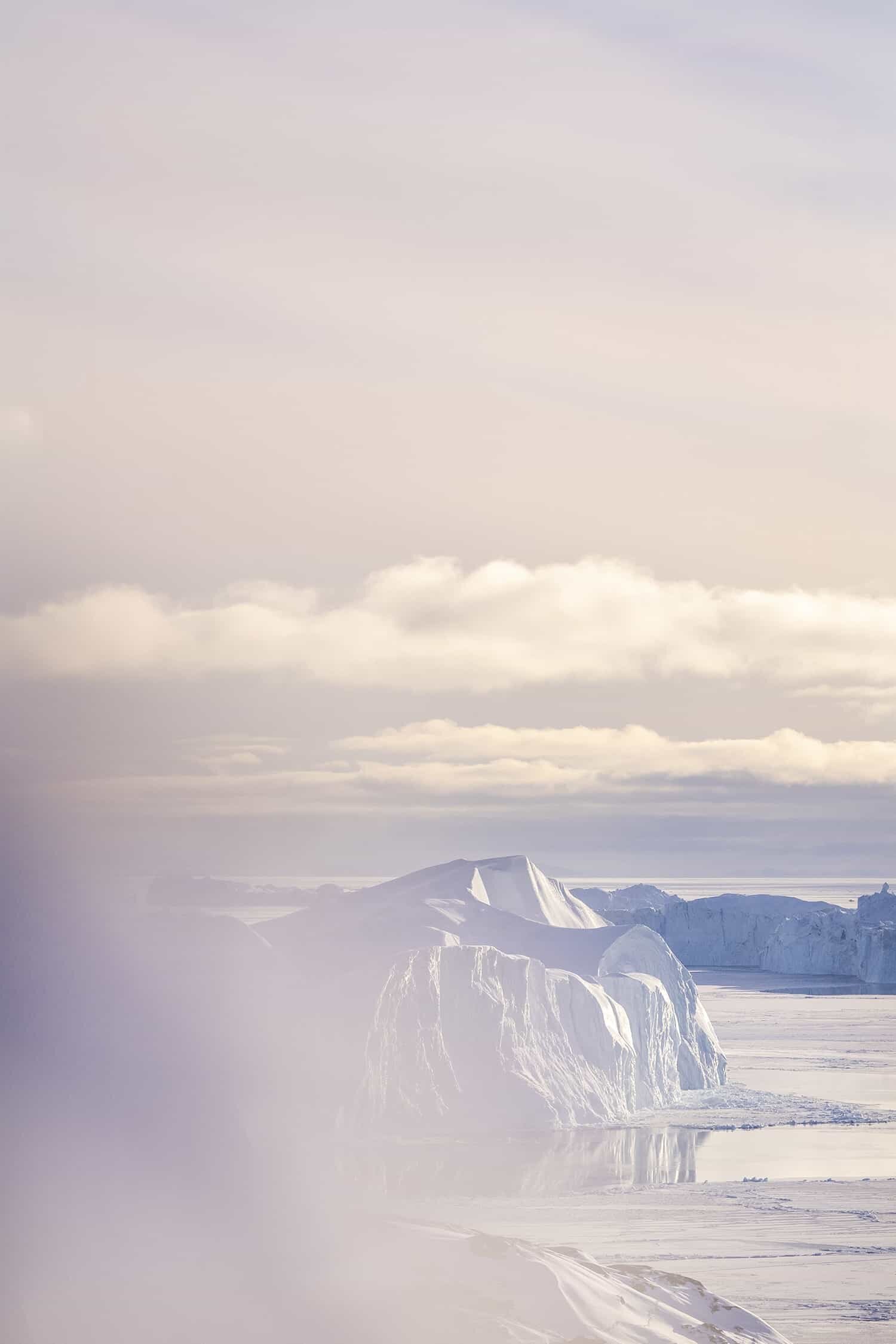
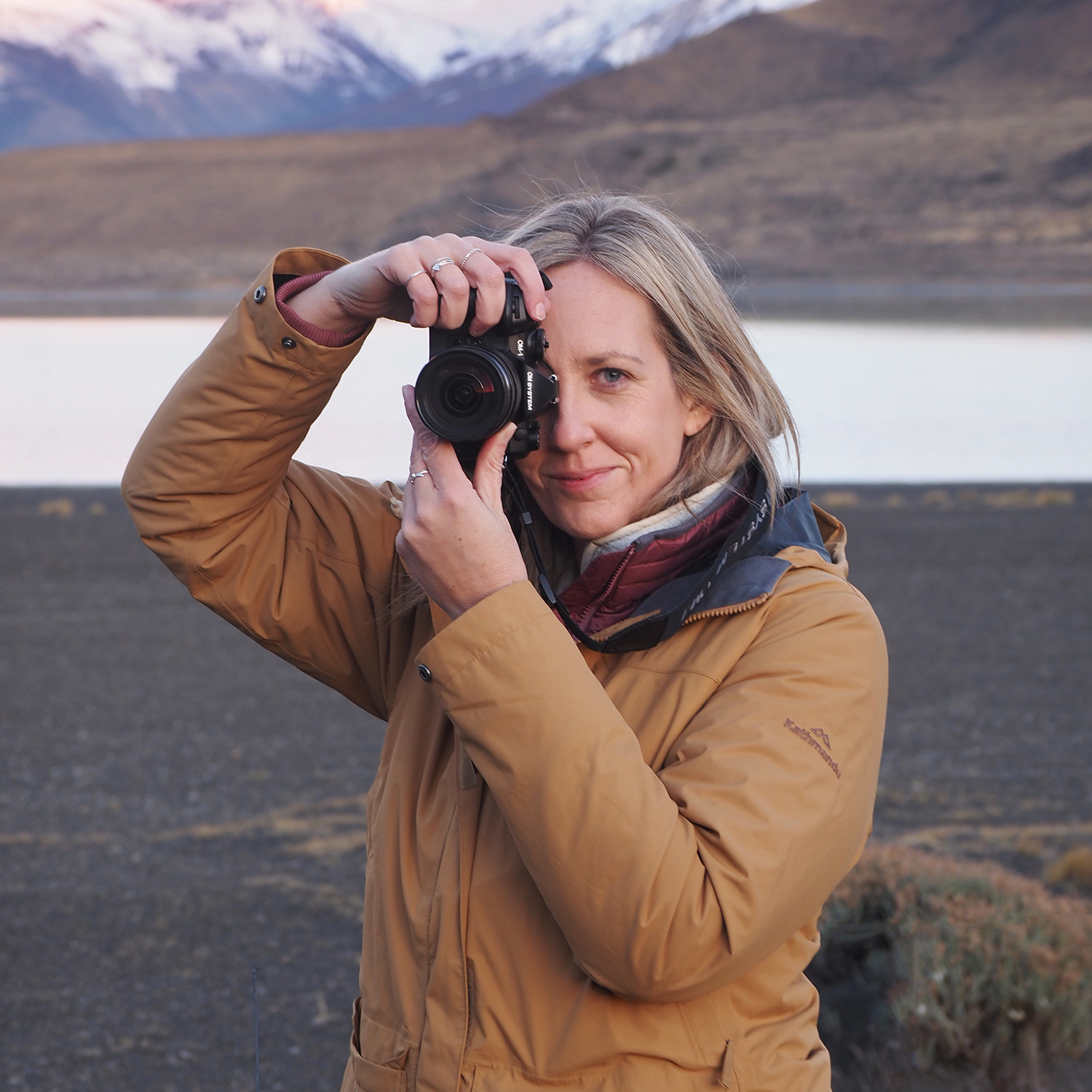
Hello! I’m the founder and photographer behind The Wandering Lens.
With 19+yrs experience as a professional travel and landscape photographer, all advice found on this site is from my personal experience, or that of contributors, on the road. I hope it’s useful for your own travels and would love to hear in the comments about your trips and experiences around the world.


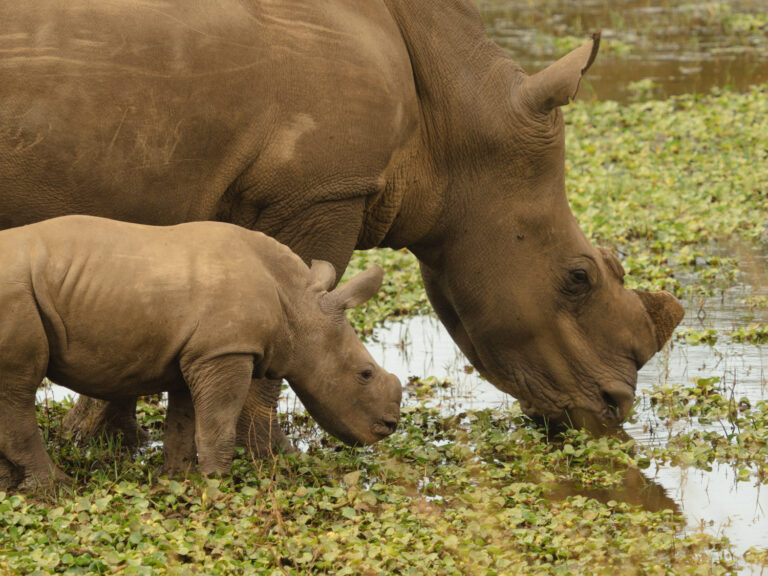
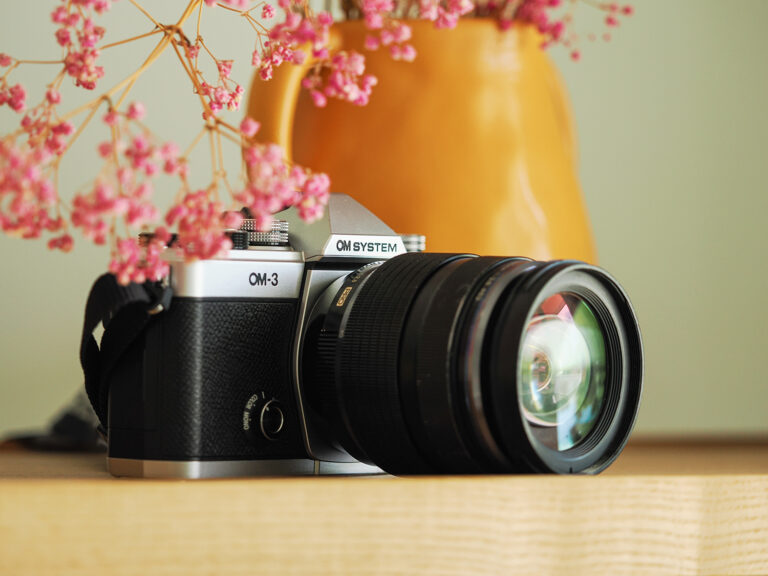
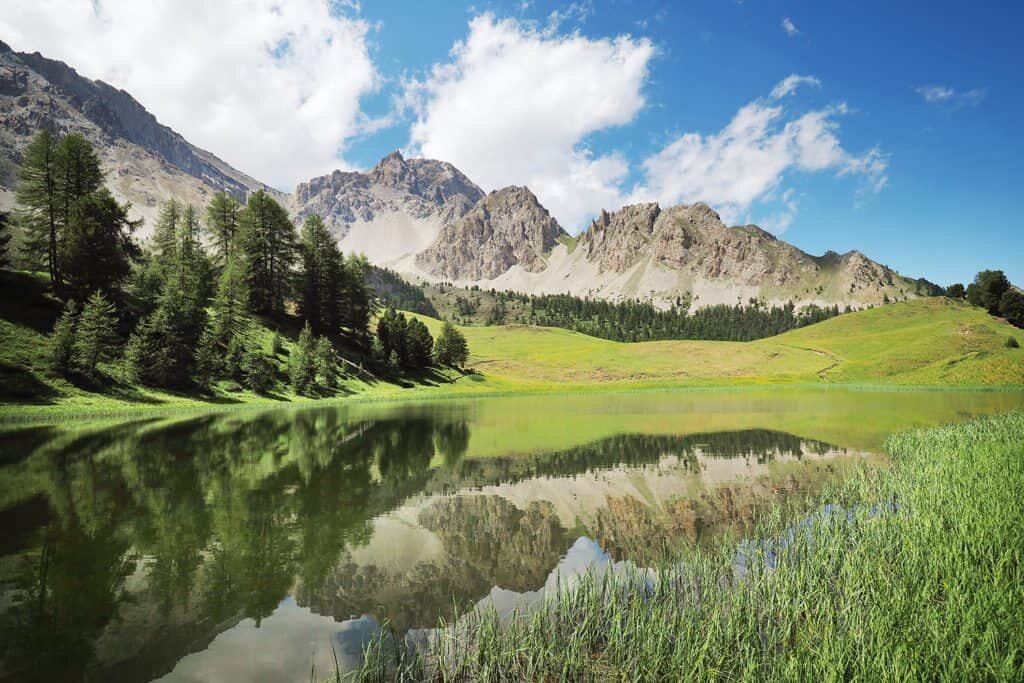
Leave a Comment